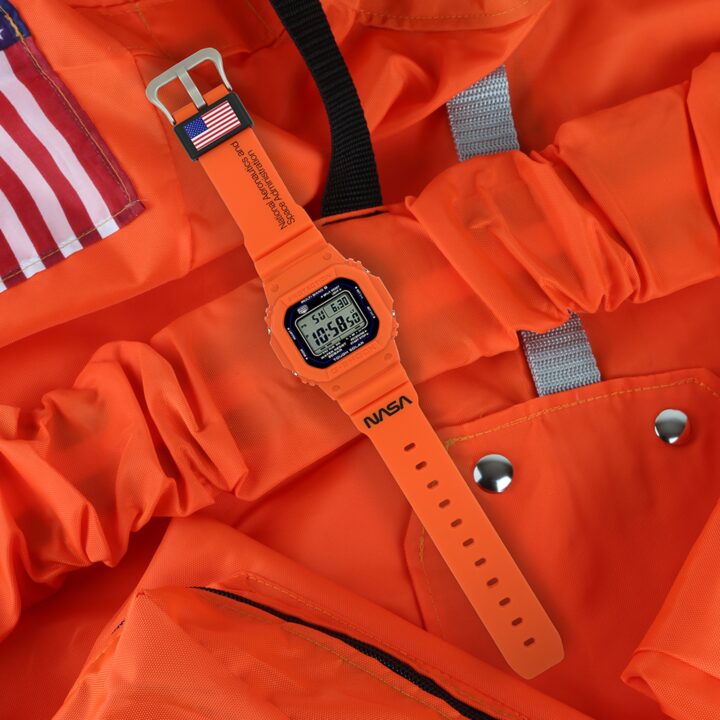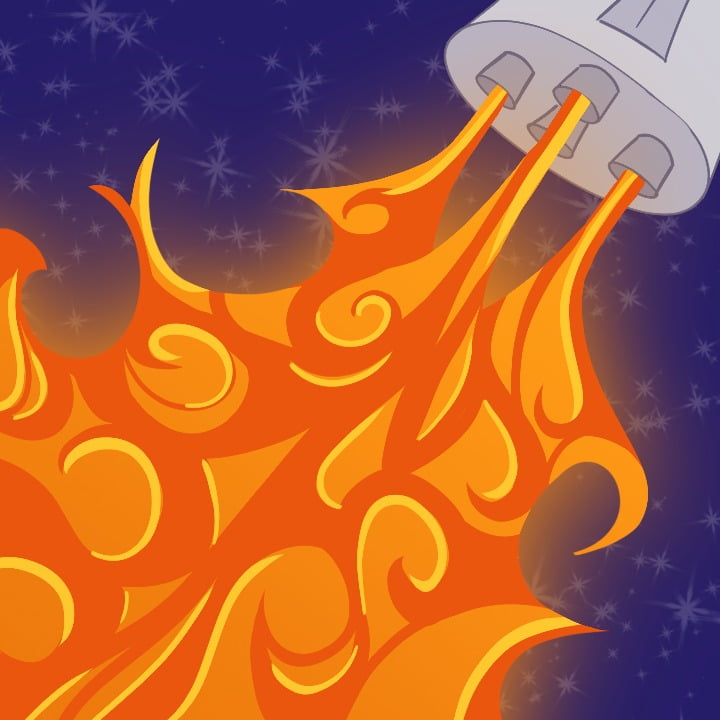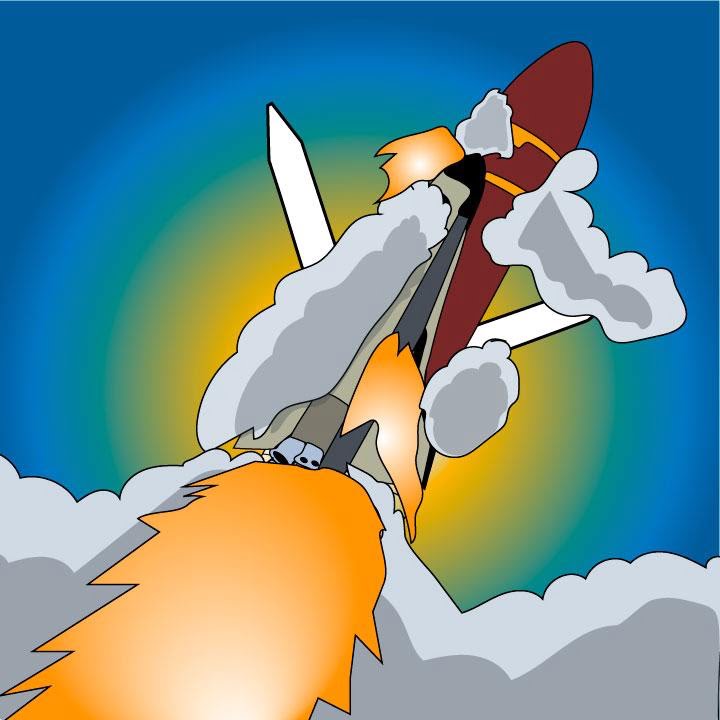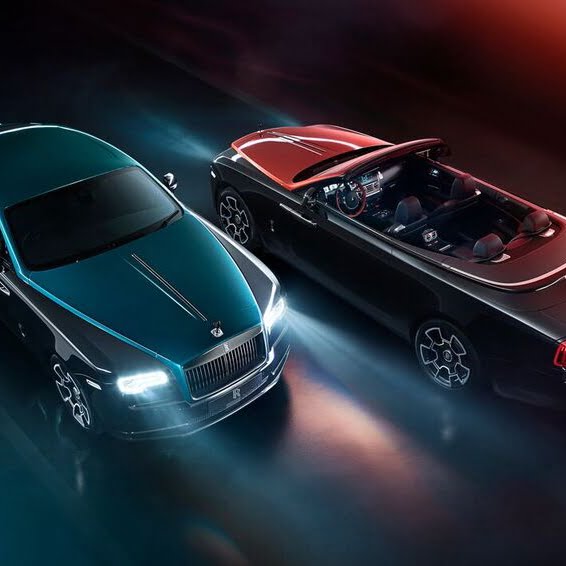AUGUSTINE LOS ANGELES RESTOCKS G-SHOCK’S SOLD-OUT MODEL WHICH PAYS HOMAGE TO ICONIC ORANGE SPACESUITS.


AUGUSTINE LOS ANGELES RESTOCKS G-SHOCK’S SOLD-OUT MODEL WHICH PAYS HOMAGE TO ICONIC ORANGE SPACESUITS.

By: Emily Bunn 3,2,1… Liftoff! On July 20, Blue Origin LLC, an American privately funded aerospace manufacturer and sub-orbital spaceflight services company, launched its first crewed mission. July 20 marks the anniversary of the first ever human landing on the moon, by Buzz Aldrin on the Apollo 11. Blue Orbit, founded by Jeff Bezos, took […]

By Cassandra Yany On Wednesday, Netflix released “Challenger: The Final Flight,” a four-episode docuseries about the tragic explosion of the Space Shuttle Challenger. The doc was directed by Daniel Junge and Steven Leckart, and executive produced by JJ Abrams and Glenn Zipper. It provides a complete look at the events leading up to the takeoff […]

“Monterey Car Week is one of the world’s premier luxury motor car events, so it is fitting that we showcase the finest Bespoke motor cars in the world here, and also debut Cullinan, the Rolls-Royce of SUVs, to the American public. From the primacy of Phantom to the power of Cullinan, the Rolls-Royce presence at […]